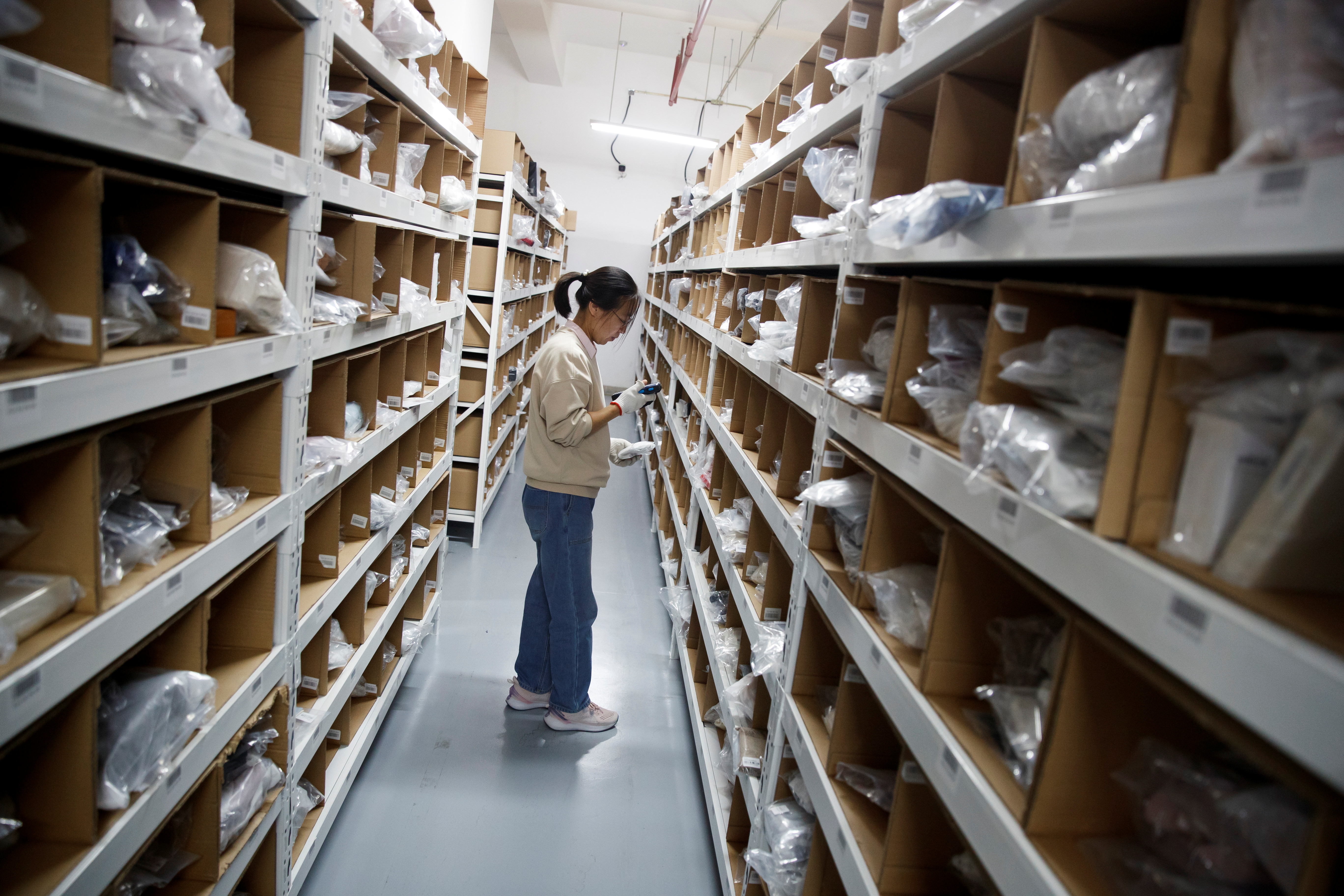BEIJING: China’s love for luxury is spilling over into the once shunned second-hand goods sector, with online stores surfing a wave of pent-up demand from shoppers, led by millennials, who have been forced into belt-tightening by the coronavirus pandemic.
The rapid proliferation over recent years of second-hand luxury sales online platforms have helped fuel an expansion of the market, similar to those of U.S. online luxury reseller The RealReal or Europe’s Vestiaire Collective.
“Our income recorded a surge this year during the pandemic as offline stores are mostly closed,” said Xu Wei, founder of Plum, a second-hand luxury products company in Beijing which is especially popular with millennial women from China’s lower tier cities.
CHINA ECONOMY: China rebounds as shoppers return, factories hum -poll
Chinese consumers have traditionally shunned second-hand goods, though that has undergone a shift over the past decade or so led by younger, more environmentally conscious consumers looking for affordable high-end goods.
“Compared to completely new products, second-hand products are more economical for them,” Xu said. Sales growth at Plum have averaged over 25% month-on-month in the first half.
The actual size of the Chinese second-hand luxury goods market is small, luring platforms such as Plum, Ponhu and Feiyu which are betting on strong growth over coming years.

Handbags on shelves at second-hand luxury goods retail platform Plum. Photo: Reuters
A joint report by China’s University of International Business and Economics and Isheyipai, a platform for second-hand luxury deals, estimated that sales of second-hand luxury products in China accounts for just 5% of the overall luxury market, compared with 28% in Japan and 31% in the United States.
Consultancy Bain estimates that Chinese consumers will account for nearly 50% of the global luxury market – valued around $374-386 billion – by 2025.
Millennials, those in their 20s and 30s, are a big market for the second-hand goods retailers. The joint university-Isheyipai report estimates that 52% of the second-hand luxury goods consumers in China are below 30 years old, a segment bigger than the entire U.S. population.
On Plum’s platform, a Louis Vuitton Speedy 25 Monogram rated at 85% new was offering at 4,548 yuan, compared with $1,560 on the brand’s homepage. A 90% new black Gucci GG Marmont small shoulder bag was sold at 4,890 yuan versus the official price at $2,250.
Sun Shaqi, a livestreamer who has 6.5 million followers on Douyin, the Chinese version of popular short video app TikTok, is one of many personalities promoting the idea of buying second-hand.
Livestreaming has recently become a widely-used marketing medium in China.
“With the money for one bag, here you can buy 3 to 4 (second-hand), isn’t it a good deal?” she asked in a recent livestream while holding up a red patent leather Louis Vuitton bag.
“Who will know it is a second-hand bag when you carry it?”
- Reuters, additional reporting by Brenda Goh
























